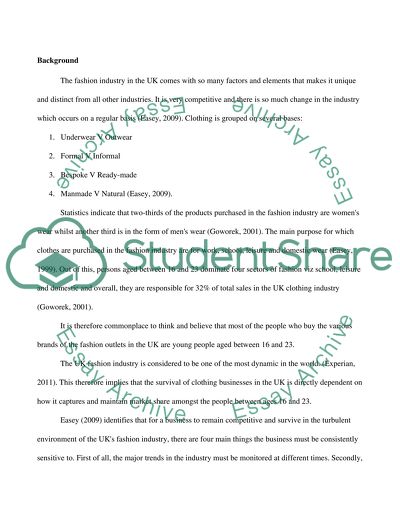Cite this document
(“Understanding the Behaviour of Consumers in the UK Fashion/Clothing Dissertation”, n.d.)
Retrieved de https://studentshare.org/marketing/1392426-understanding-the-behaviour-of-consumers-in-the-uk-fashionclothing-industry-an-analysis-of-young-adults-aged-between-16-and-23
Retrieved de https://studentshare.org/marketing/1392426-understanding-the-behaviour-of-consumers-in-the-uk-fashionclothing-industry-an-analysis-of-young-adults-aged-between-16-and-23
(Understanding the Behaviour of Consumers in the UK Fashion/Clothing Dissertation)
https://studentshare.org/marketing/1392426-understanding-the-behaviour-of-consumers-in-the-uk-fashionclothing-industry-an-analysis-of-young-adults-aged-between-16-and-23.
https://studentshare.org/marketing/1392426-understanding-the-behaviour-of-consumers-in-the-uk-fashionclothing-industry-an-analysis-of-young-adults-aged-between-16-and-23.
“Understanding the Behaviour of Consumers in the UK Fashion/Clothing Dissertation”, n.d. https://studentshare.org/marketing/1392426-understanding-the-behaviour-of-consumers-in-the-uk-fashionclothing-industry-an-analysis-of-young-adults-aged-between-16-and-23.


